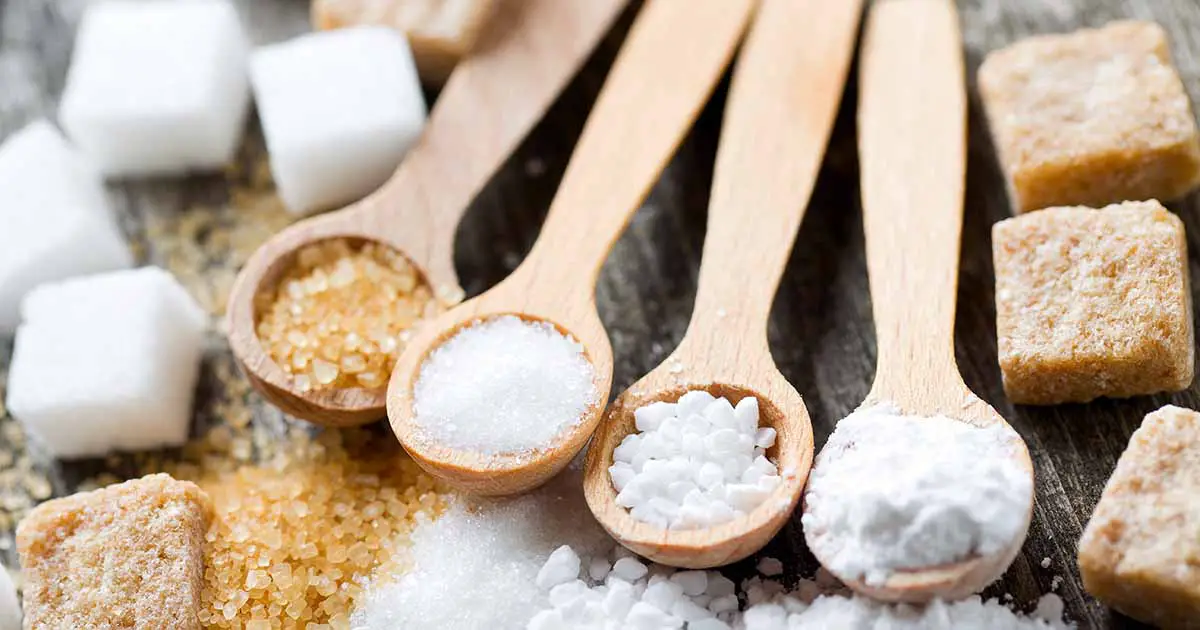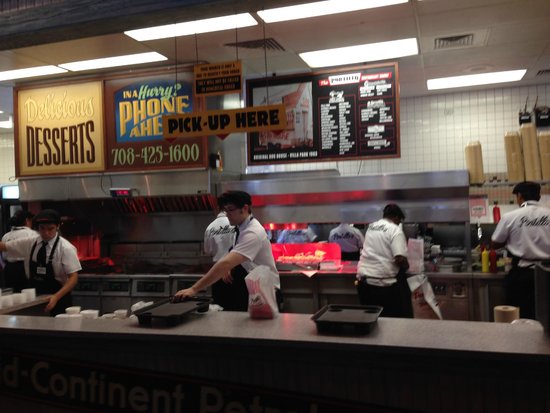Leavening or raising means to increase the surface area of any dough or batter by creating gas bubbles inside the dough or batter. This also makes a product light in weight. The expansion of gas bubbles during baking increases the volume of the product and gives a desirable porous structure.
Raising agents that are used in the kitchen can be classified into the following categories:
- Biological (yeast)
- Chemical (baking powder, baking soda, baking ammonia)
- Mechanical (beating, whisking, creaming, sieving)
- Lamination
- Combination of all
Biological Raising Agent
Yeast can be of two types:
- Fresh or compressed yeast
- Dry yeast
The scientific name of yeast is Saccharomyces cerevisiae. Yeast is unicellular microscopic fungi.
The structure of yeast consist :
- Cell wall
- Protoplasm
- Vacoale
Food
Simple sugar like dextrose or fructose.
Suitable climate
80 to 85°F, at least 70% humidity can give the best result.
Fermentation activity
The protoplasm of yeast contains the following enzymes:
Invertase
It converts cane sugar or sucrose into a simpler form of sugar which is known as invert sugar, which is a combination of dextrose and fructose.
Maltase
It converts maltose sugar into dextrose which can be directly fermented by yeast.
Zymase
This is the most important fermenting agent which breaks invert sugar and dextrose to carbon dioxide, some amount of pure alcohol, and a very small amount of glycerine, acetic acid and some amount of lactic acid. It also produces some flavourful aroma which gives a pleasant fermentation flavor.
Protease
It softens down the flour protein, thus gives a better stretchability for the bread (to be specific on gluten) so that it can get a good volume and structure.
Storage of yeast
Stored at 45 degrees F. Yeast is killed by heat in a range of 127 degrees to 140 degrees F.
The symptom of damaged or rotten yeast
- Buttery consistency
- Brownish in color
- Crumbly in texture,
- Very obnoxious smell.
Chemical Raising Agent
Chemical raising agent is brought about by the production of carbon dioxide in a solution of acid and alkali, in the presence of heat.
Baking Powder
It is a leavening agent made up of a mixture of an acid reacting salt with bicarbonate of soda. We also add some starch to the mixture to keep it in a dried condition and also to act as a separator between sodium bicarbonate and acid reacting salt, until used.
On the presence of both heat and moisture, the acid reacting salt reacts with sodium bicarbonate and releases carbon dioxide. A part of the gas is entrapped into the gluten structure or small air cells of a batter which already has developed because of creaming action of fat, these structures now expand with the production of the gas and during baking also and the small part of the gas is absorbed by the media itself.
Cream of tarter is a form of refining tartar which is a by-product of precipitation from the grape wine manufacturing process
Ammonium Carbonate
It also produces carbon dioxide in the presence of heat but because of the strong offensive flavor, it is always to be used with very strong flavoring agents.
Mechanical Raising Agent
It is an incorporation of air by beating, creaming, whisking and sieving. Whisking of egg and sugar, creaming of fat and sugar, sieving of flour are the eg of mechanical raising. All these actions involve physical movement hence known as mechanical raising or leavening.
Lamination Or Water Vapour
Lamination acts as a raising procedure where the fat and dough is folded and rolled. The moisture incorporated in the fat and the dough also will vaporize during baking and gives it the lift (or raising).
In Indian cuisine, idlis and dhoklas are steamed where heat helps to puff up the final product by vapourising the steam. In popcorn, the corn pop because of the moisture present inside and ultimately its volume increase. In choux pastry water vapor acts as raising agent.
Combination Of All
Danish pastry is an eg. of combination raising where we use yeast in the dough and fat is used by a lamination process. Some other eg. are vanilla buns, fruit cake, etc, where we use whisking, creaming and chemical raising, agents.






